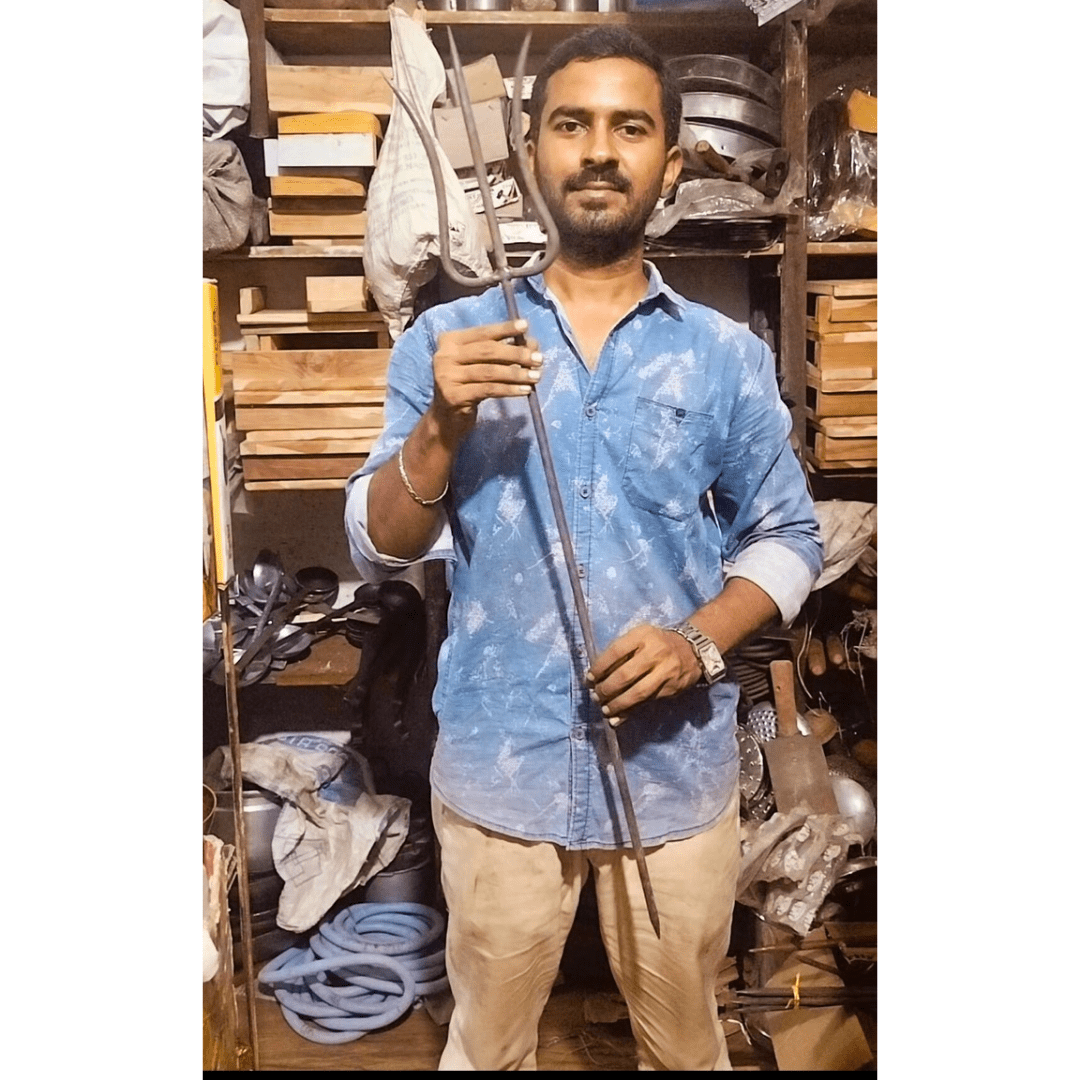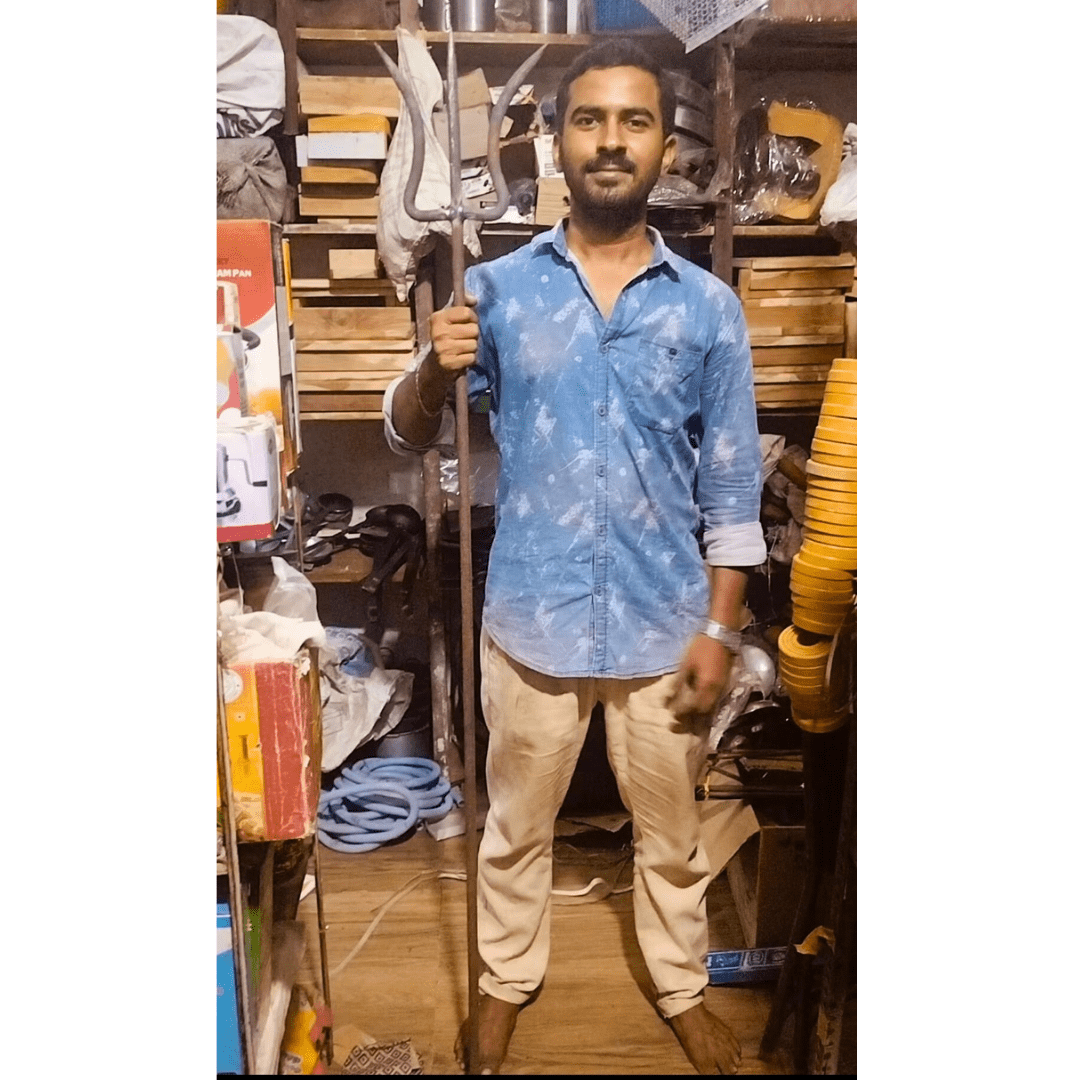Santhi Metal eShop
Traditional Long-Length Iron Trishul for Divine Offering and Worship ( Big Size )
Traditional Long-Length Iron Trishul for Divine Offering and Worship ( Big Size )
Couldn't load pickup availability
Enhance your divine worship with this Traditional Long-Length Iron Trishul, crafted with care and devotion. Made from high-quality iron, this sturdy and elegantly simple Trishul is designed to be a powerful offering to your deity. The three sharp points represent strength, protection, and spiritual significance, while the center rod is broader, symbolizing devotion and stability.
Perfect for placing beside idols, deity photos, or in temples, this Trishul serves as a sacred symbol of protection and faith. It can also be placed in homes, offices, or vehicles for Vastu correction and as a powerful remedy for warding off negative energy.
Ideal for pooja, rituals, and devotional practices, this long-length iron Trishul is a timeless representation of power and reverence, making it an essential addition to your sacred space.
Materials
Materials
Iron
Shipping & Returns
Shipping & Returns
All products are available for delivery across India, along with a 7-day return policy
Dimensions
Dimensions
Length - 1.5, 2, 3, 4 and 5 Feet Approximately Available
Weight
Weight
Maintenance & care :
Maintenance & care :
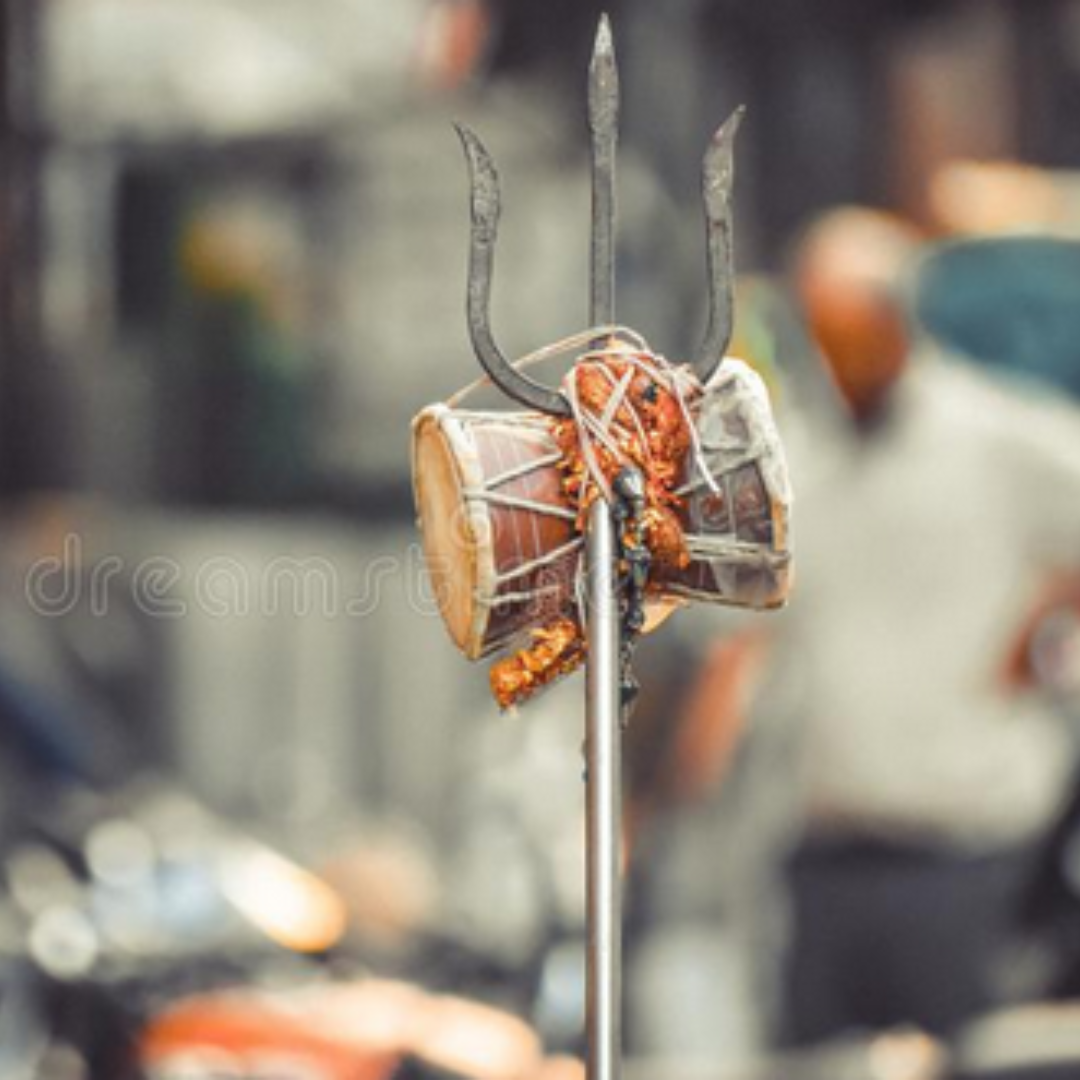
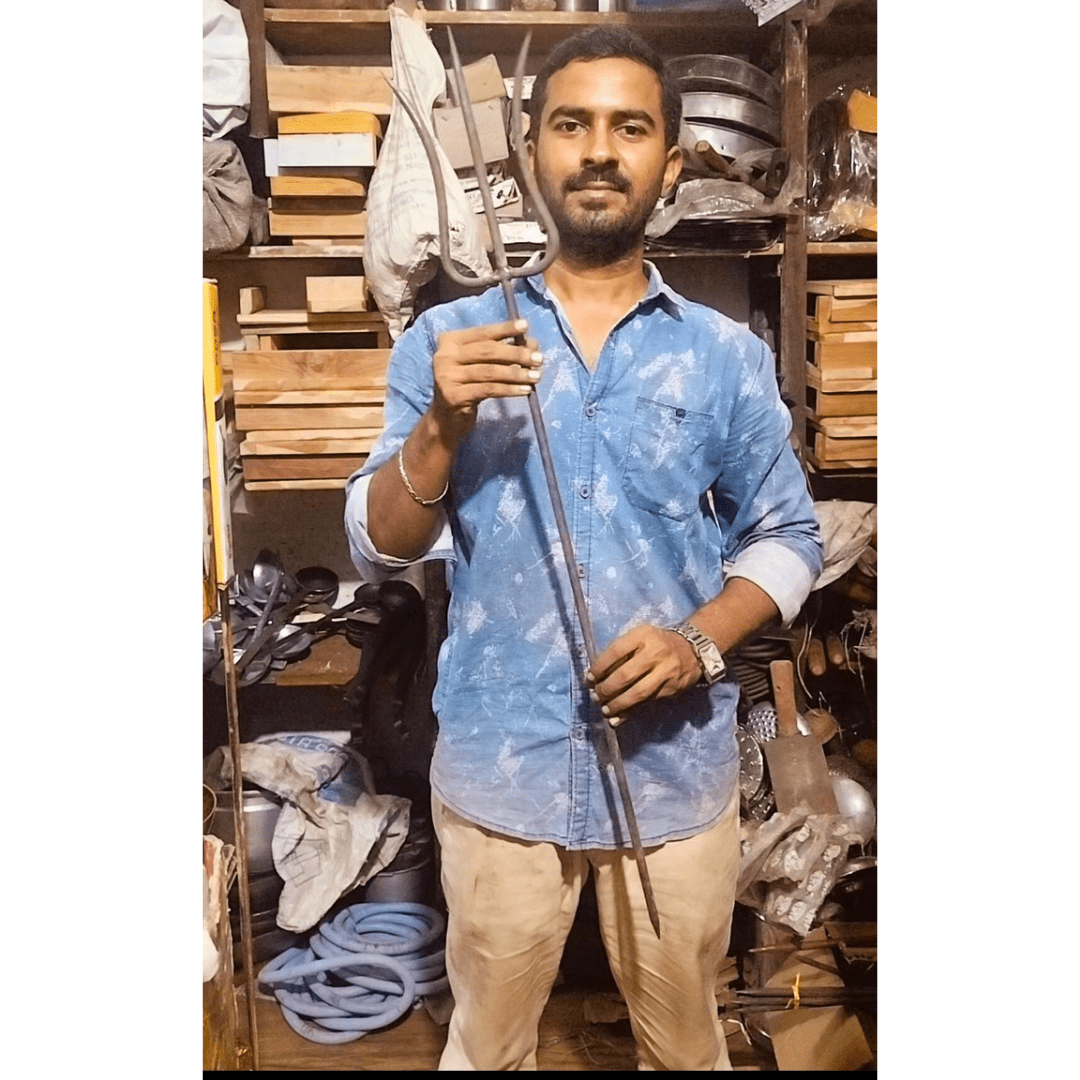
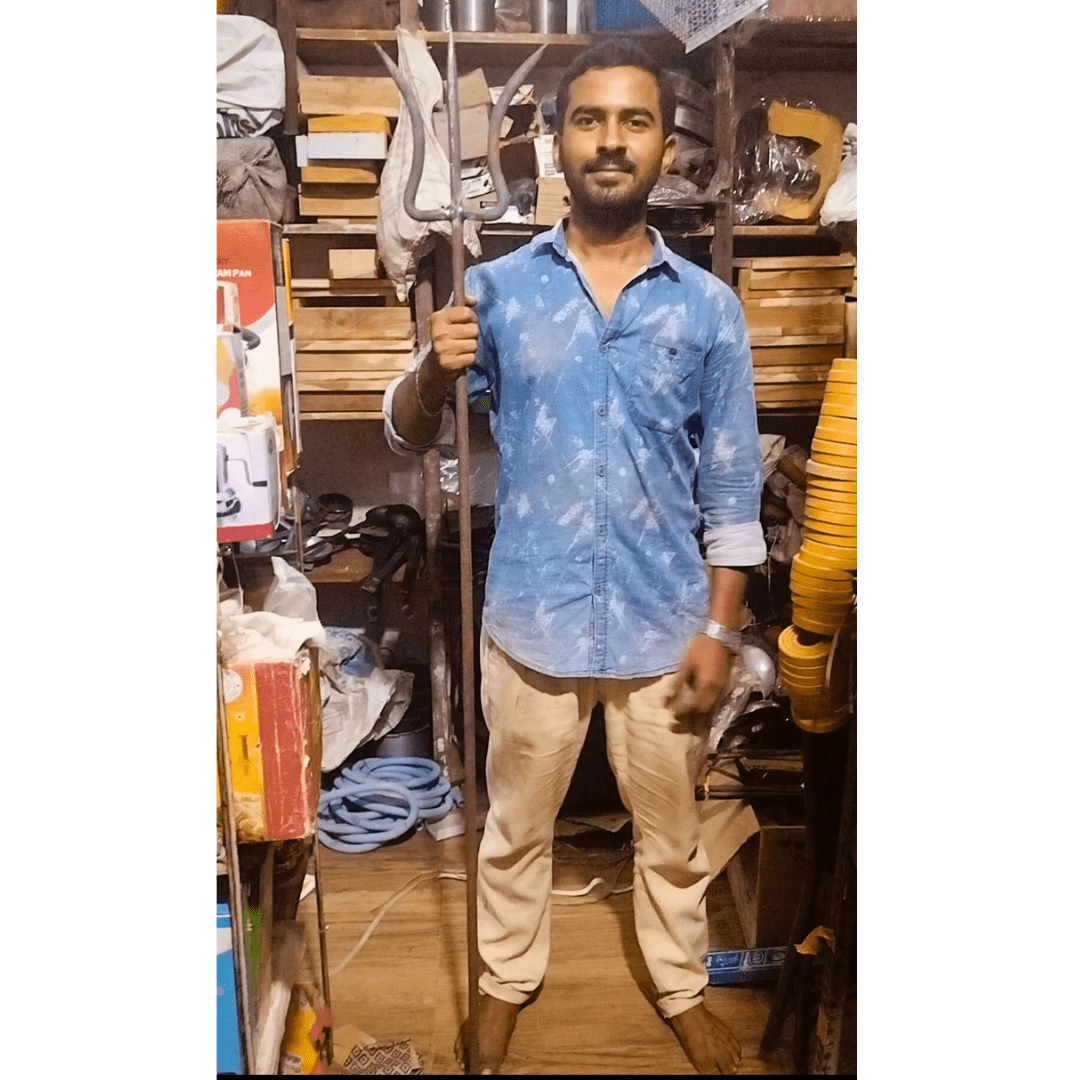

Symbol of Strength and Devotion


